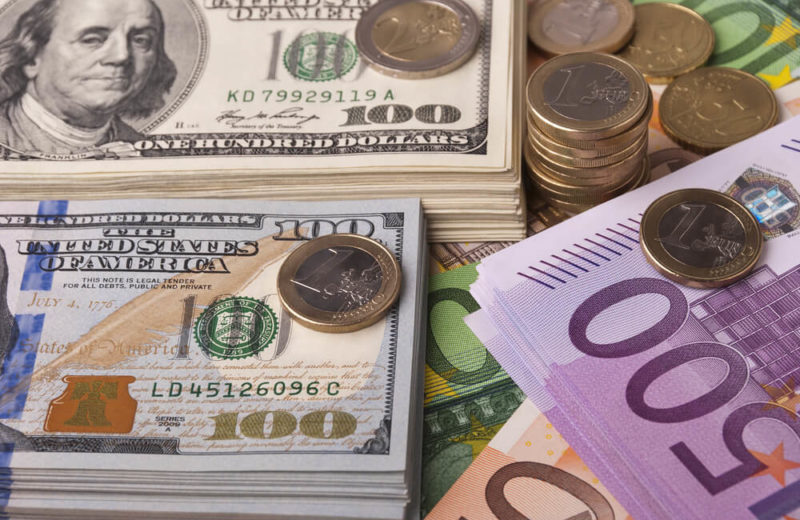Key Points:
- USD/INR reached a high of 83.50, with crucial support at the 100-day EMA of 83.12.
- RSI at 55 signals strong buying interest, supporting bullish sentiment.
- Key economic releases this week could significantly influence USD/INR volatility.
The USD/INR currency pair experienced significant fluctuations this past week, snapping its three-day winning streak on Monday. This reversal was largely driven by the hawkish stance of Federal Reserve officials and escalating fears of oil supply disruptions stemming from geopolitical tensions in the Middle East. These factors exerted upward pressure on the USD against the INR, reflected in the day’s trading dynamics.
USD/INR Resistance & Support: 83.50 Peak, 83.12 EMA
As of April 15, the USD/INR pair touched a high of 83.50, approaching its immediate resistance level. Traders are now eyeing the all-time high of 83.72, with a breakout level pegged at 84.00, which, if breached, could signal further upward momentum. Conversely, on April 11, the pair recorded a low of 83.30, establishing this as the first downside target. Additionally, the 100-day Exponential Moving Average (EMA) at 83.12 is a crucial support, indicating that staying above this level could maintain a bullish outlook for the pair.
Bullish Signals: RSI at 55 & Strong Buying Interest
Key technical indicators further corroborate the trading pattern of USD/INR. The 100-day EMA, currently at 83.12, suggests that maintaining levels above this mark could favour the bulls. Moreover, the Relative Strength Index (RSI) stands at 55.00 points to a strong buying interest, as it remains bullish. These indicators collectively provide a positive outlook for the USD against the short to medium-term INR.
Economic Events Ahead: Their Impact on USD/INR Dynamics
The trading week ahead is packed with significant economic releases that could sway the USD/INR dynamics. Notable among them are the HSBC and S&P Global Purchasing Managers Index (PMI) from India, both scheduled for Tuesday. Additionally, the first reading of the US GDP Annualized for Q1 and the March Personal Consumption Expenditures Price Index (PCE) final reading, expected at 2.6% YoY, are due Thursday and Friday, respectively. These events will likely inject volatility into the market, influencing the currency pair’s movements.
Central Bank Strategies and Market Reactions to USD/INR
Amidst these economic developments, the market also faces the Federal Reserve’s blackout period where no Fed speeches will occur, potentially limiting some market reactions. On the other hand, the Reserve Bank of India (RBI) might undertake heavy intervention to curb any severe depreciation of the INR. Such actions are pivotal and warrant close observation as they could significantly impact the currency exchange rates and market stability.















